Vo Trong Nghia Architects’ green residence in Ho Chi Minh City

It's no wonder that in one of the world's busiest metropolises, residents are looking to bring green elements to inner-city areas. Ho Chi Minh City, Vietnam, is home to a new family residence by Vo Trong Nghia Architects that aims to address this issue exactly. With only 0.25 per cent of the Vietnamese city taken up by vegetation, House for Trees offers a welcome alternative, matching high-density living space with a large, tropical forest.
Working within a tight budget, the architects created a house in what used to be a vacant lot in the middle of a block. The design consists of five concrete boxes designed as giant pots, with trees planted on top. The trees emerge as if from an oasis at the heart of the Tan Binh district, where many typical Vietnamese houses are crowded together. The property becomes 'a part of nature even in the middle of a busy city', says architect Vo Trong Nghia. At the same time, it mirrors the urban fabric in its fragmentation.
The five boxes are placed around a central courtyard with small gardens created in between. Large glass doors opening onto the courtyard allow in natural light and encourage ventilation while creating a private environment on all other sides. The central courtyard also provides a secluded outdoor space for the residents to relax in.
The trees serve not only as a green measure. Were the idea to be multiplied to a larger number of houses, the trees would also contribute to minimising the risk of flooding.
To reduce costs and the carbon footprint, locally sourced, natural materials were used and left untreated - such as the concrete and bamboo framework on the external walls. The effect created by this texture also enriches the home's appearance. 'Light and shadow are changing every hour,' says the architect. 'The house shows different faces time after time.'

To reduce costs and the carbon footprint, locally sourced, natural materials were used and left untreated - such as the concrete and bamboo framework on the external walls. The five boxes are placed around a central courtyard with small gardens created in between.
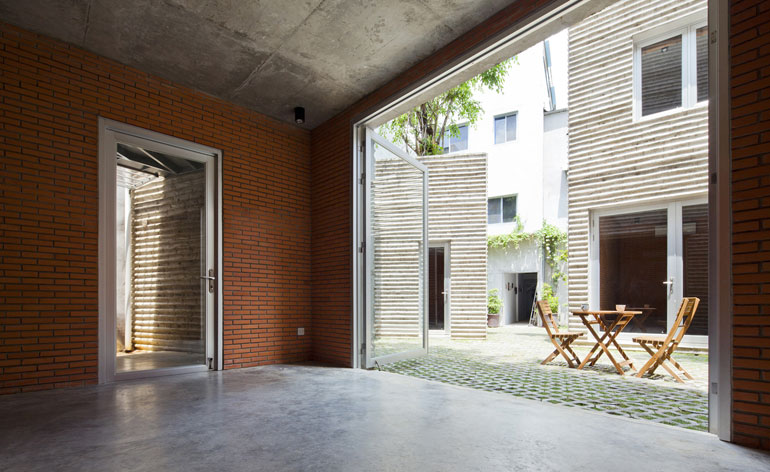
Large glass doors opening onto the courtyard allow in natural light and encourage ventilation while creating a private environment on all other sides
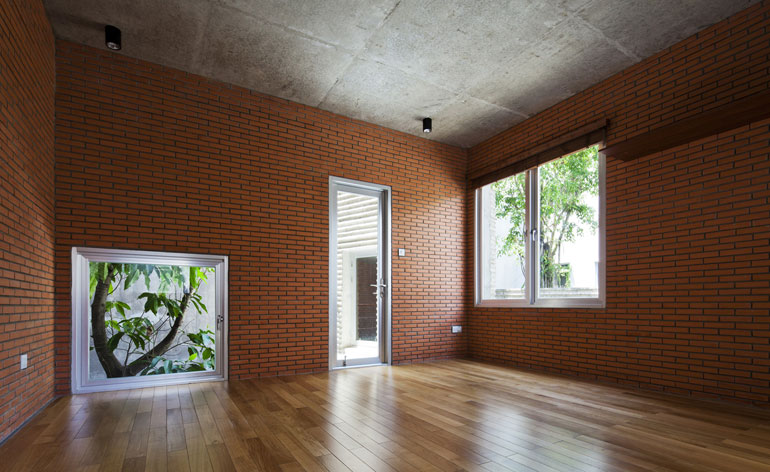
The bedrooms, clad in a suitably natural materials palette of concrete, brick and wood, offer a glimpse to the surrounding greenery
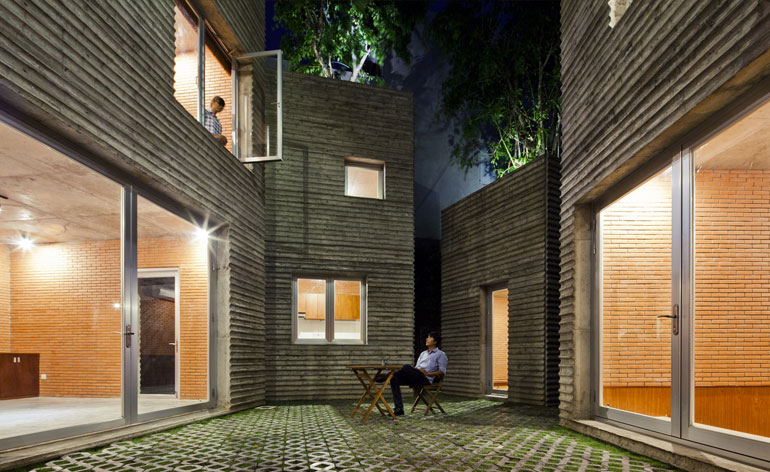
The central courtyard provides a secluded outdoor space for the residents to relax in. The effect created by the façade's texture also enriches the home's appearance. 'Light and shadow are changing every hour,' says architect Vo Trong Nghia. 'The house shows different faces time after time'
Receive our daily digest of inspiration, escapism and design stories from around the world direct to your inbox.
-
 In BDSM biker romance ‘Pillion’, clothes become a medium for ‘fantasy and fetishism’
In BDSM biker romance ‘Pillion’, clothes become a medium for ‘fantasy and fetishism’Costume designer Grace Snell breaks down the leather-heavy wardrobe for the Alexander Skarsgård-starring Pillion, which traces a dom/sub relationship between a shy parking attendant and a biker
-
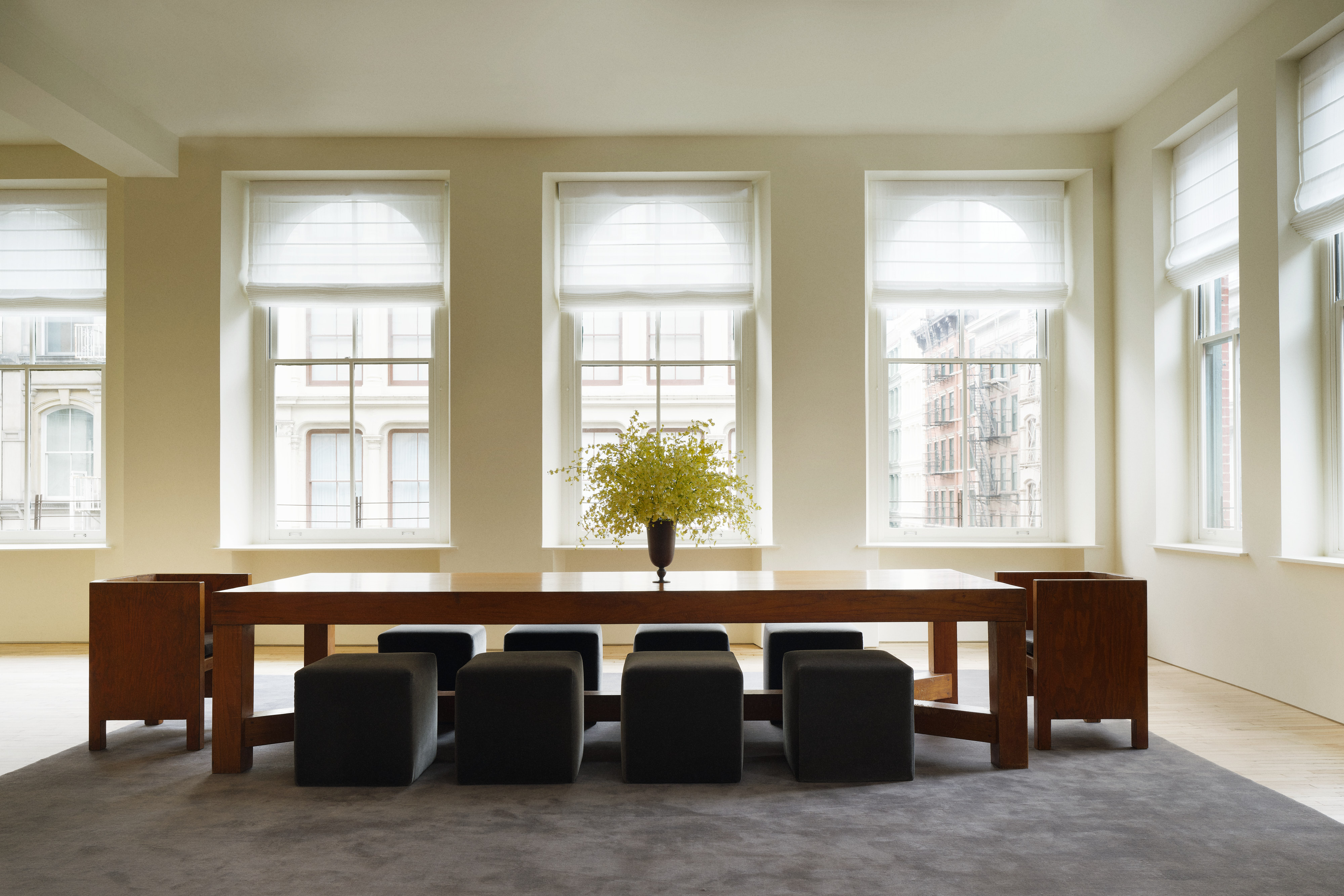 Tour Aflalo’s first retail space, a gallery-like studio in New York
Tour Aflalo’s first retail space, a gallery-like studio in New YorkLight-filled and elegant, Aflalo has opened its first retail space in a classic Soho loft, reimagined by Nordic Knots Studio
-
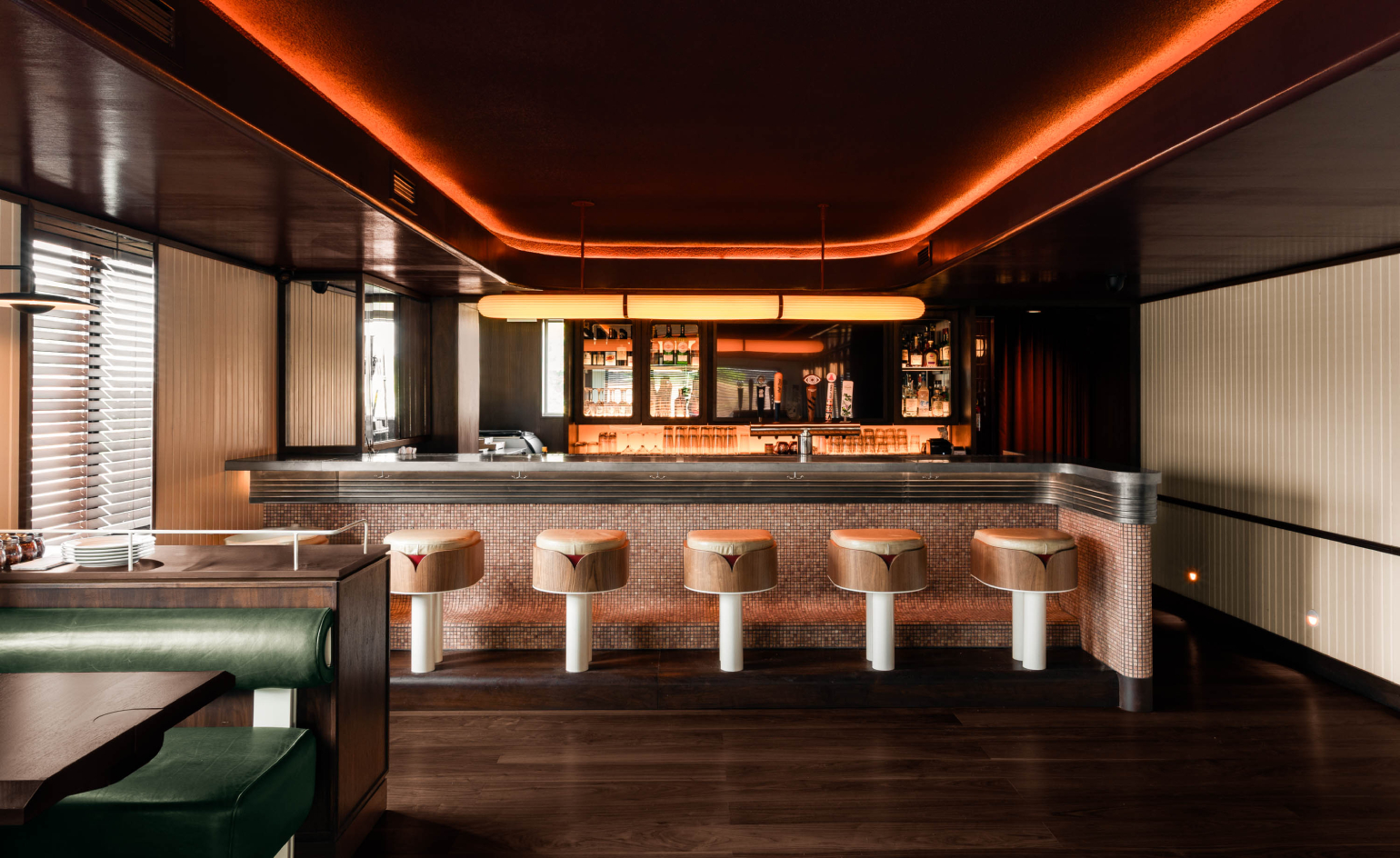 This Toronto pizzeria hides a sultry bar with serious bite
This Toronto pizzeria hides a sultry bar with serious biteNorth of Brooklyn unveils a fresh, two-level outpost where crisp, light-filled minimalism gives way to a warmer, neon-lit upstairs area
-
 Into the woods: a Hampshire home by Alma-nac is the perfect retreat
Into the woods: a Hampshire home by Alma-nac is the perfect retreat -
 Noiascape’s refined co-living digs for generation rent in London
Noiascape’s refined co-living digs for generation rent in London -
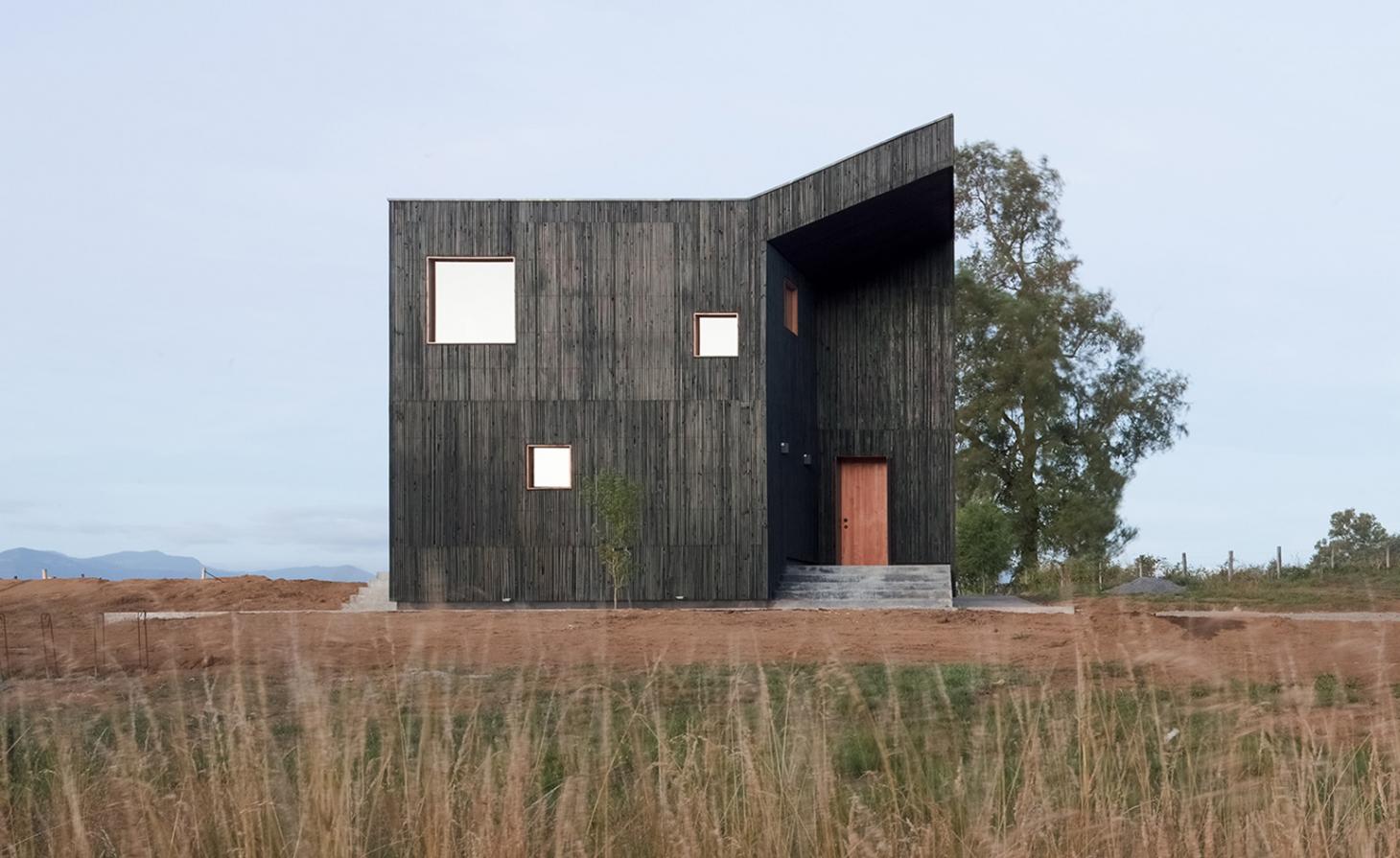 Hot stuff: a Chilean house draws on its volcanic landscape
Hot stuff: a Chilean house draws on its volcanic landscape -
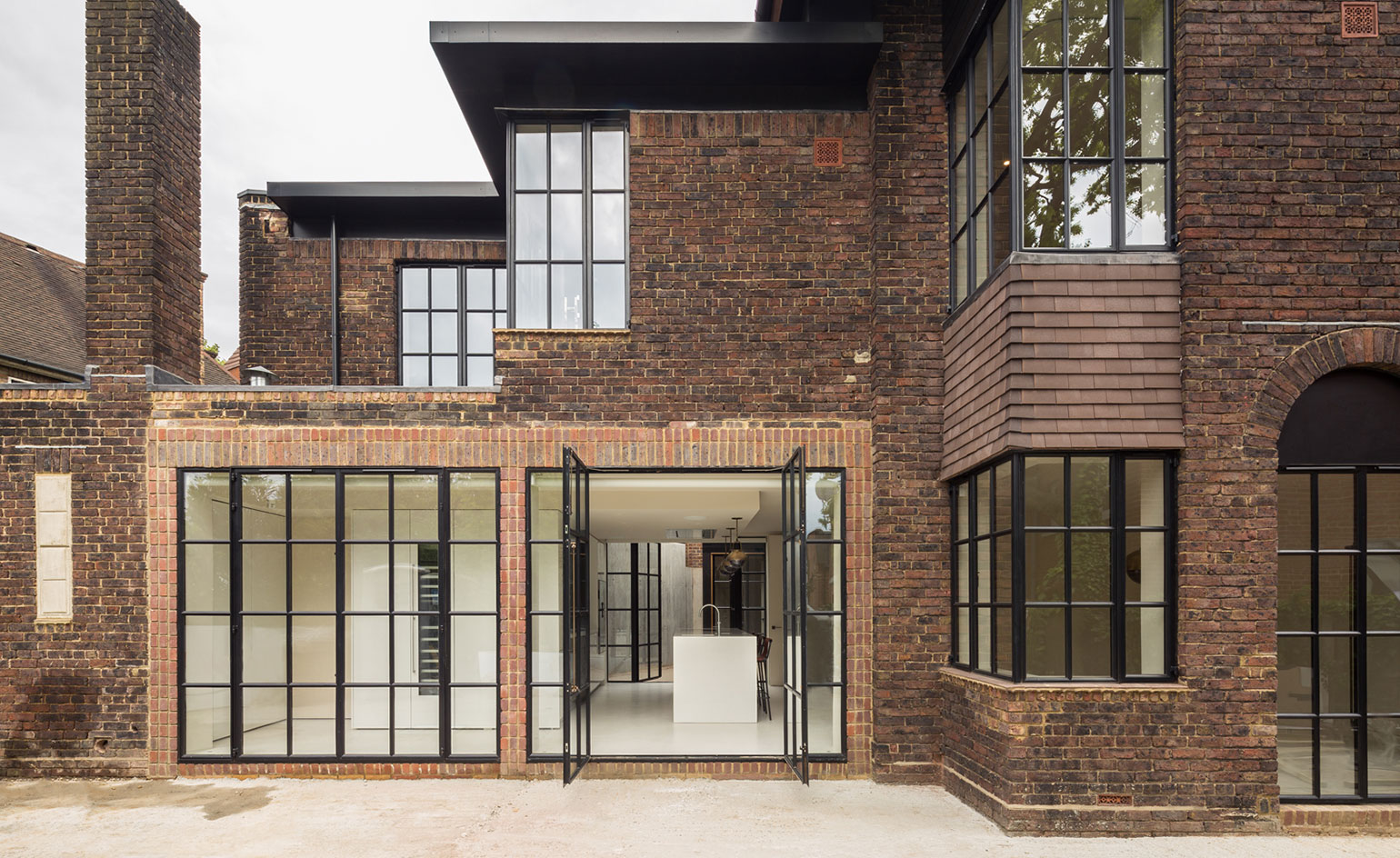 A Hampstead home by Groves Natcheva brings art deco into the 21st century
A Hampstead home by Groves Natcheva brings art deco into the 21st century -
 A San Francisco live/work space plays with opacity and transparency
A San Francisco live/work space plays with opacity and transparency -
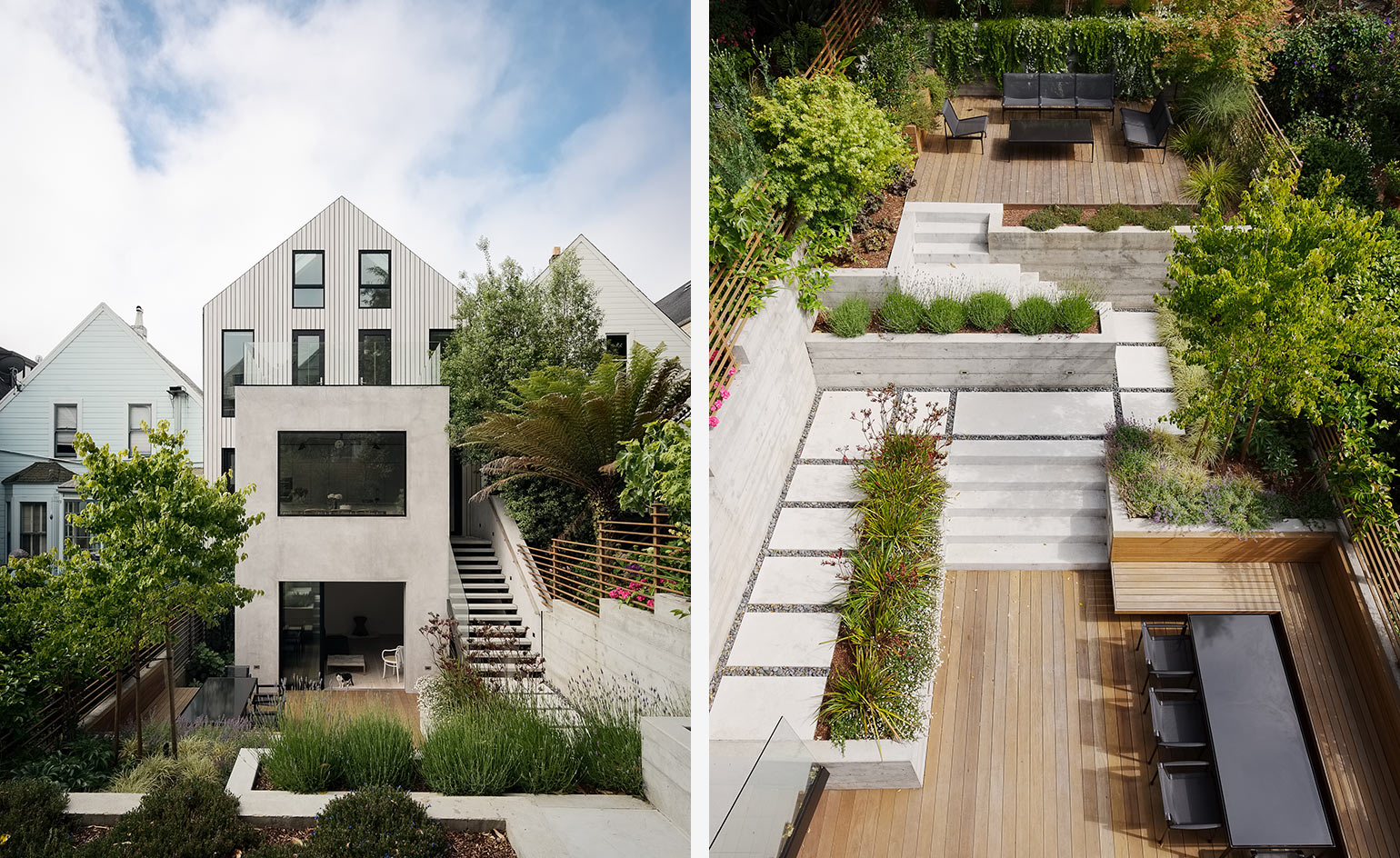 Victorian minimalist: inside Gable House’s pared-back Scandi interior
Victorian minimalist: inside Gable House’s pared-back Scandi interior -
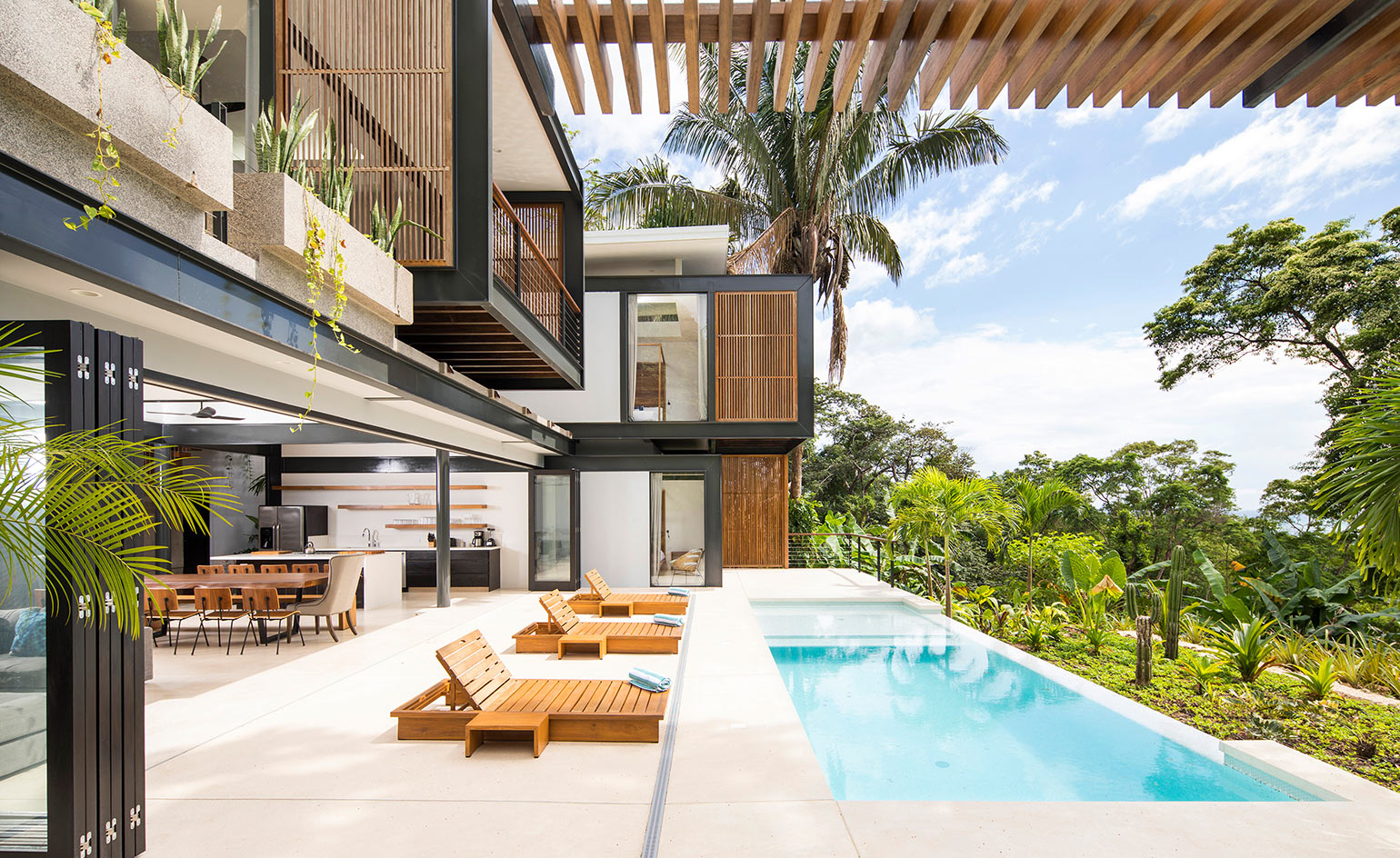 Studio Saxe’s twin villas in Costa Rica make for the perfect tropical retreat
Studio Saxe’s twin villas in Costa Rica make for the perfect tropical retreat -
 Disco fever: a dynamic duo reinvents a London townhouse
Disco fever: a dynamic duo reinvents a London townhouse